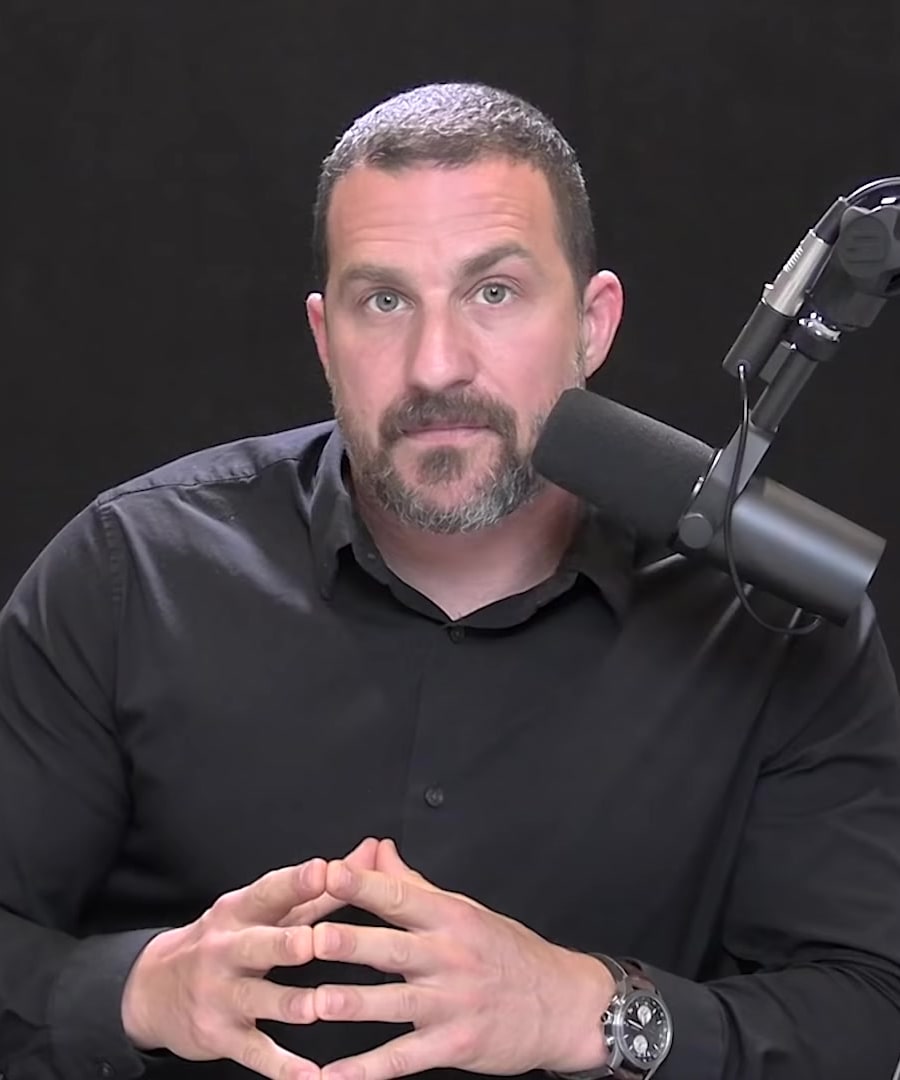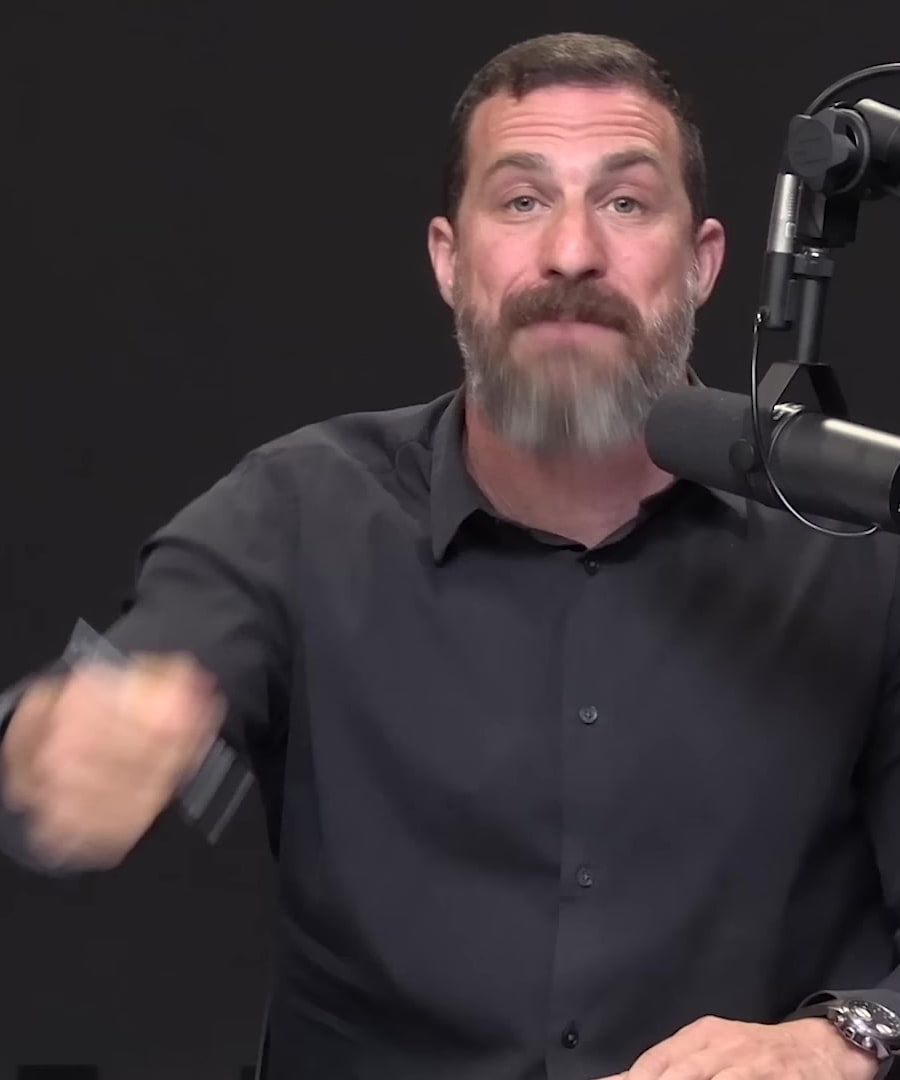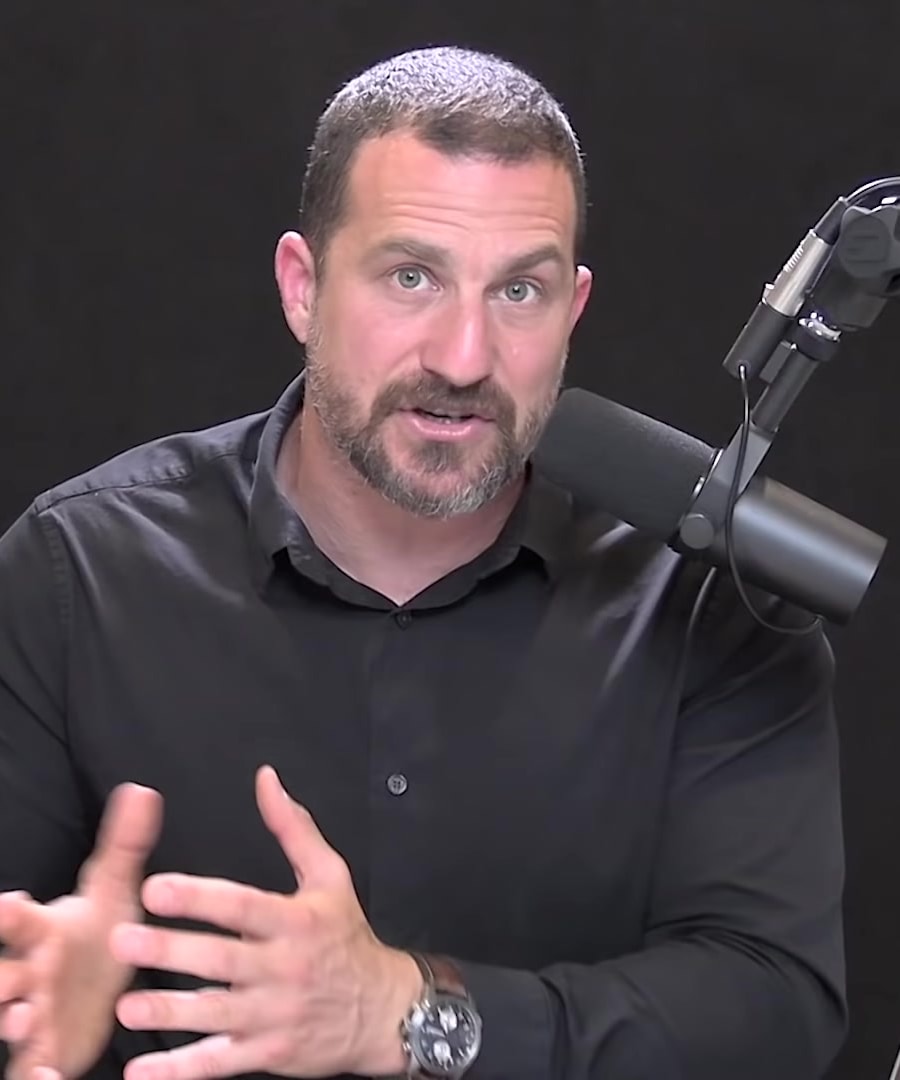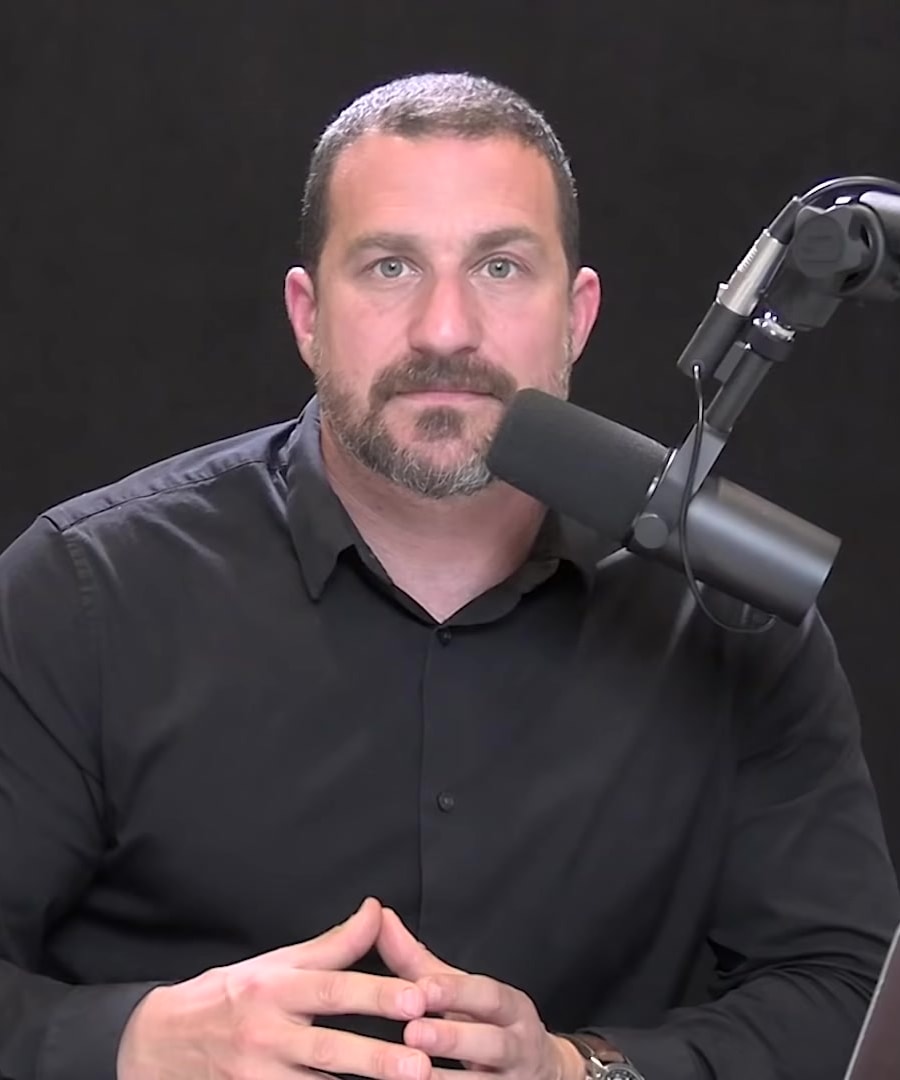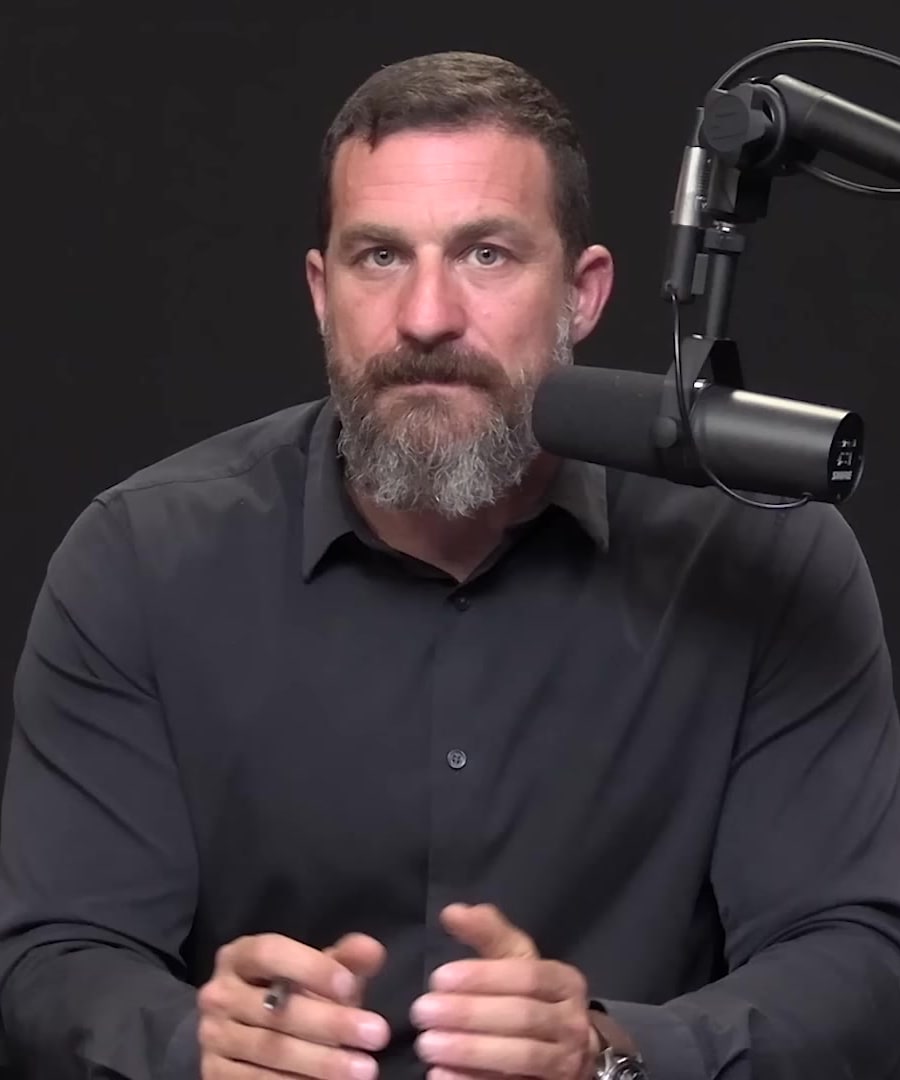How does motor skill learning work?
Sources:
Motor skill learning involves several key components and processes according to . Here is an overview based on his discussions:
Key Components of Motor Skill Learning
- Sensory Perception: This includes perceiving what you are doing and what’s happening around you via various senses like sight and sound.
- Actual Movements: These are the physical actions you perform, like limb movements.
- Proprioception: Often considered a "sixth sense," proprioception is an internal sense of where your body parts are in relation to each other without having to look at them 1.
The Learning Process
- Making Errors: Initial sessions should involve making many errors. These errors help open the brain to plasticity, which is critical for learning 2.
- Reward and Feedback: Early learning is governed by rewards and feedback. However, as you gain skill, focusing purely on the motor movements rather than the rewards becomes more beneficial 2.
- Repetition and Error Correction: Long-term potentiation (strengthening of correct movements) and long-term depression (elimination of incorrect movements) are both crucial. Over time, you eliminate incorrect movements to arrive at the correct ones 3.
Post-Learning Consolidation
- Idle Periods: After learning sessions, sitting quietly with your eyes closed for a few minutes helps the brain replay and consolidate the motor sequences, enhancing learning more rapidly 4.
- Sleep: Sleep is vital for consolidating motor skills. During sleep, the brain replays motor sequences, targeting problematic aspects and improving them, which contributes to automaticity in skills 5.
Practical Application in Motor Learning
- Focus on Motor Execution: In the early stages, focusing purely on the motor sequence (like pressing keys on a piano) rather than the feedback (the sound produced) can accelerate learning. It’s beneficial to break tasks down into their component parts and focus on the motor pattern 6.
- Go vs. No-Go: Motor learning includes both performing the correct actions (go) and avoiding incorrect ones (no-go). Visualizations and mental training can enhance both aspects of motor skill learning 7.
These principles outline the structured approach to effectively learning and consolidating motor skills, as discussed by on the .
RELATED QUESTIONS
